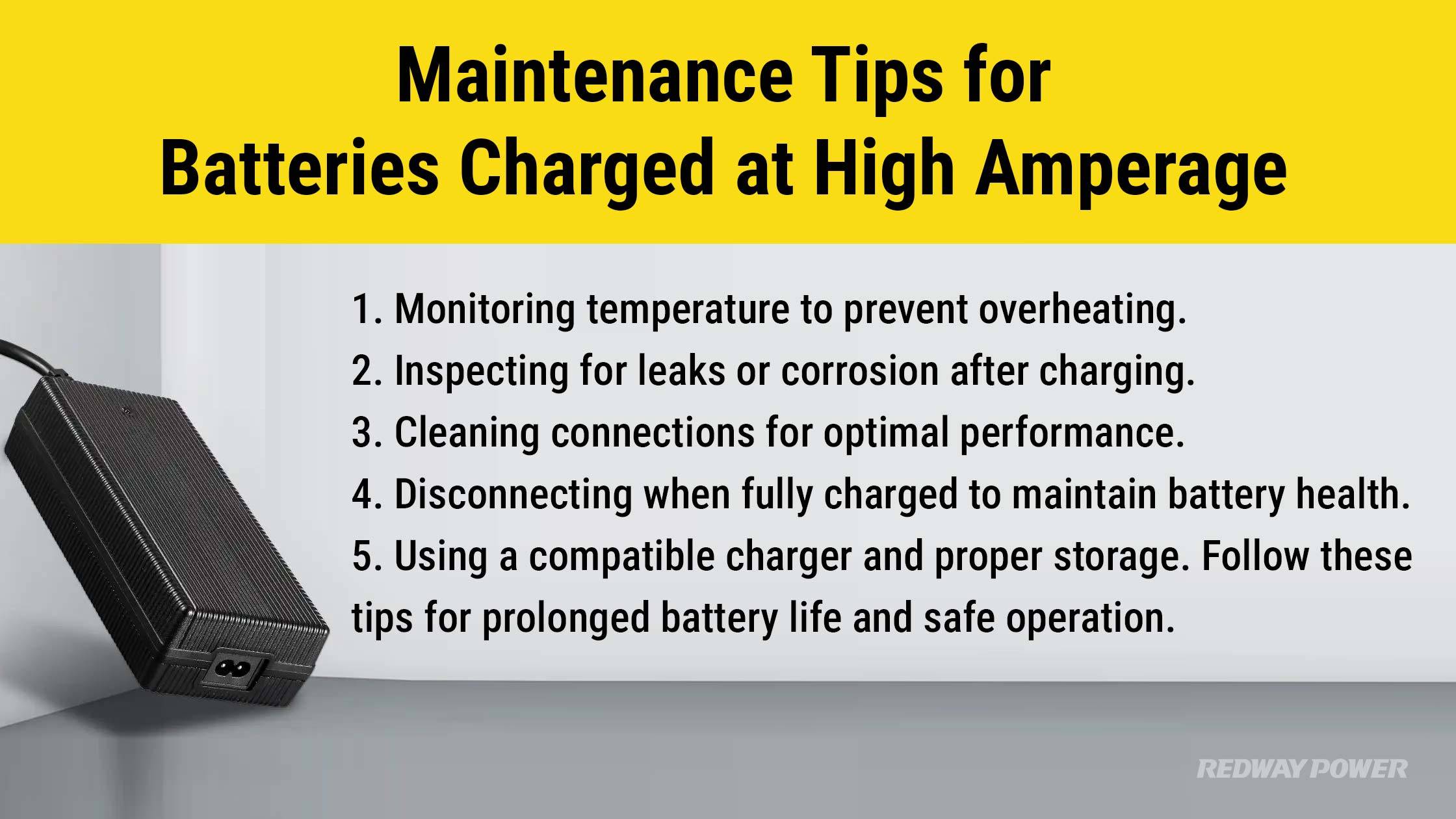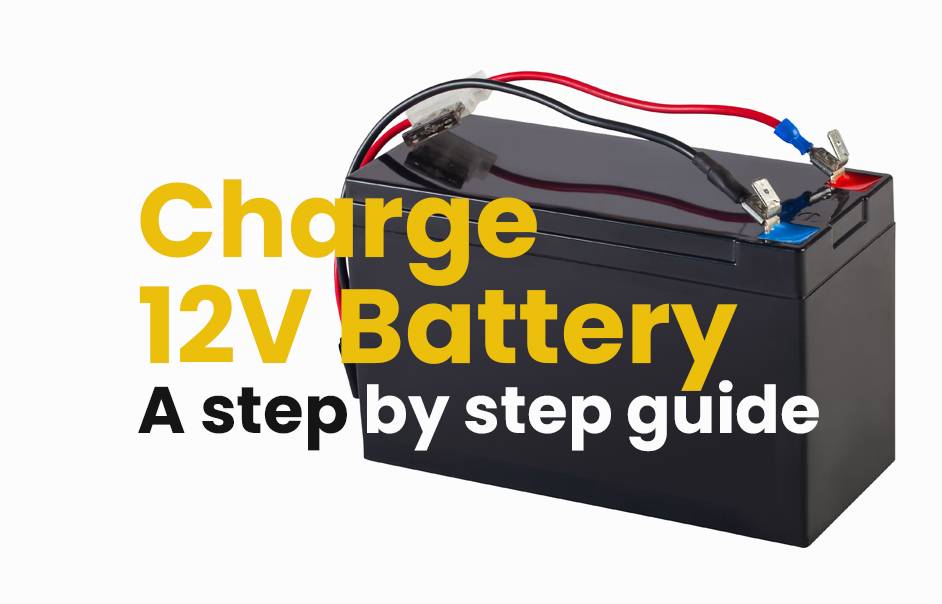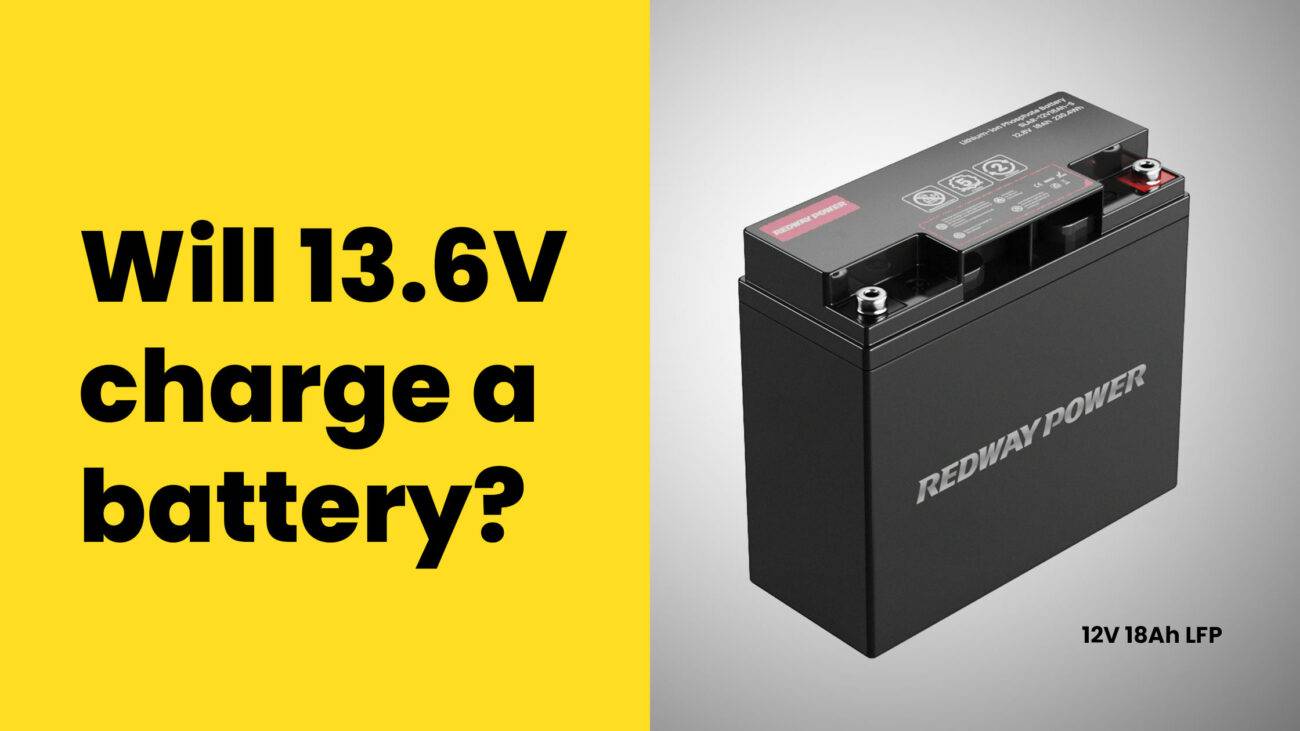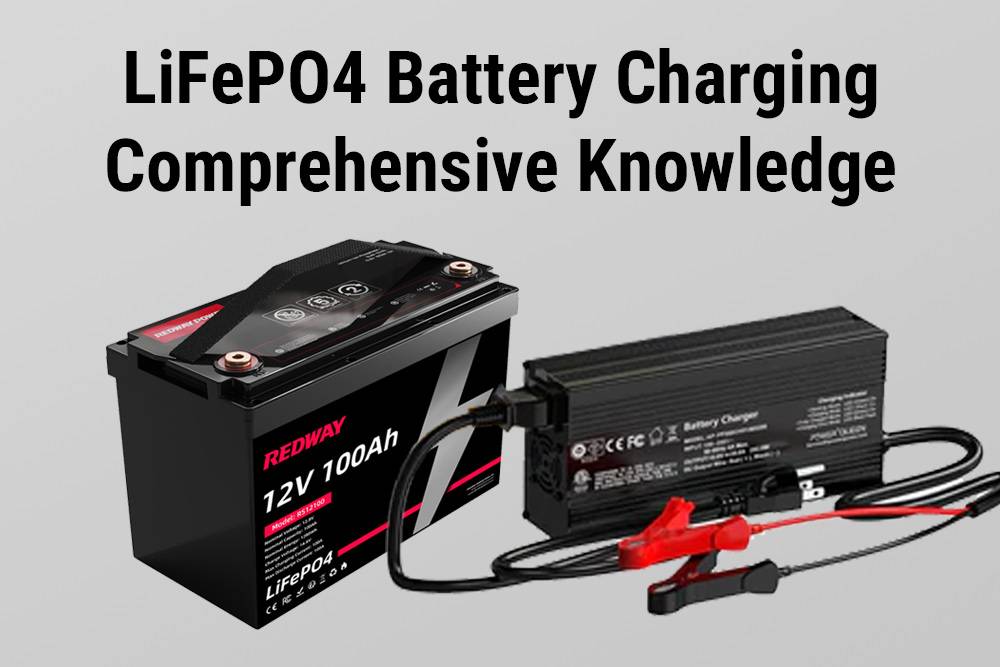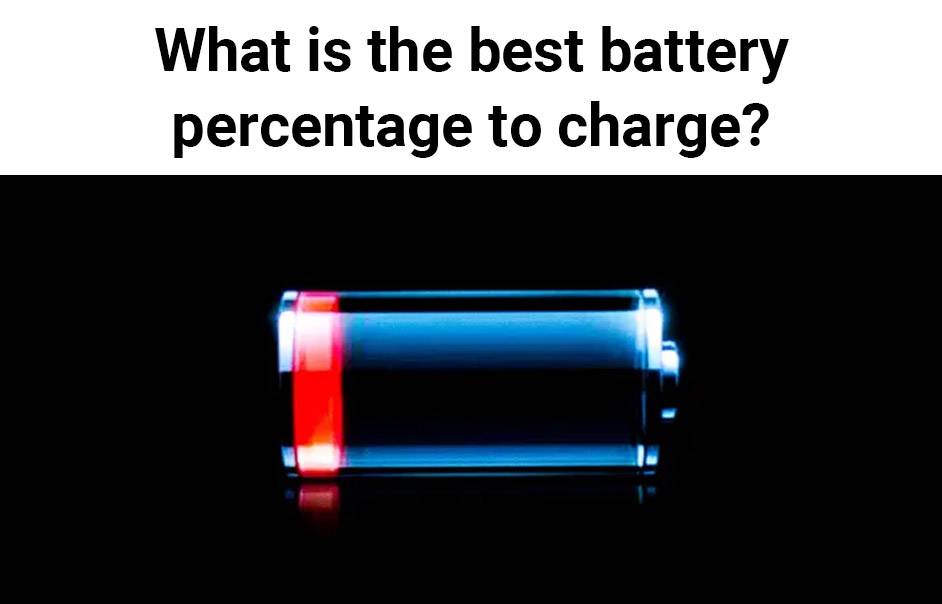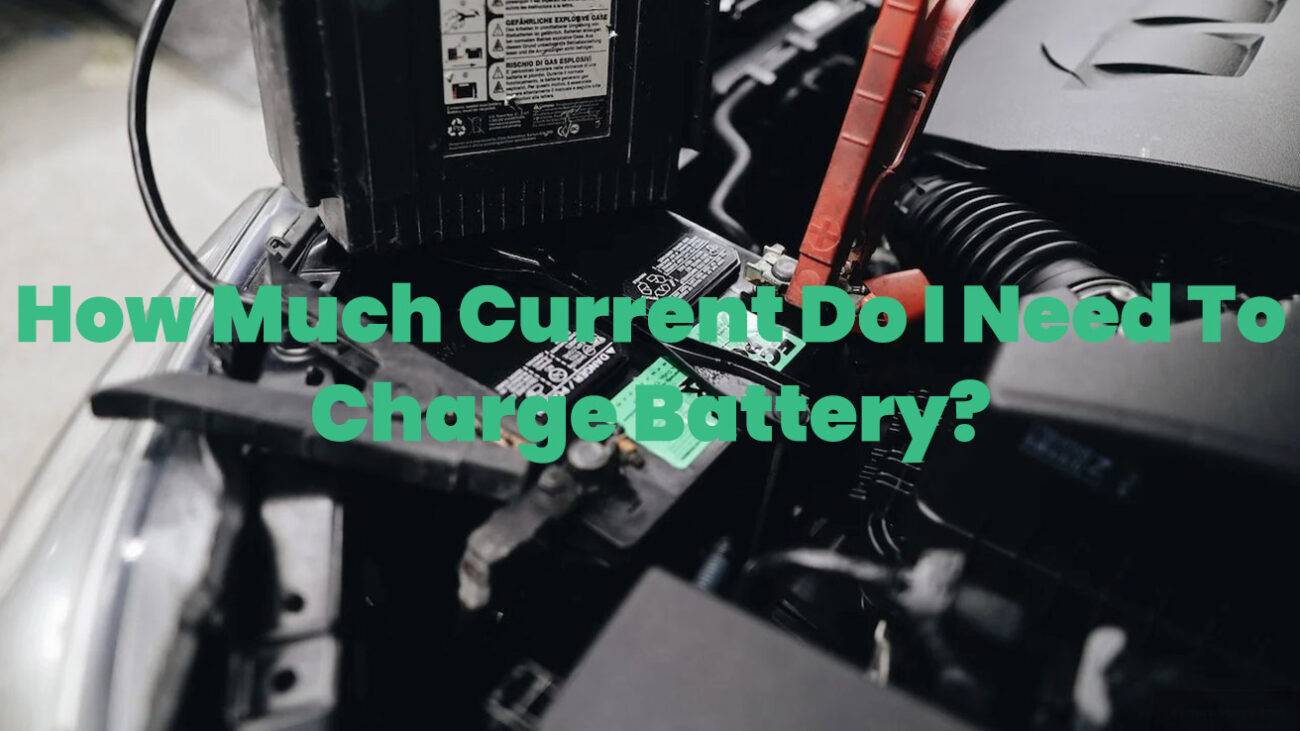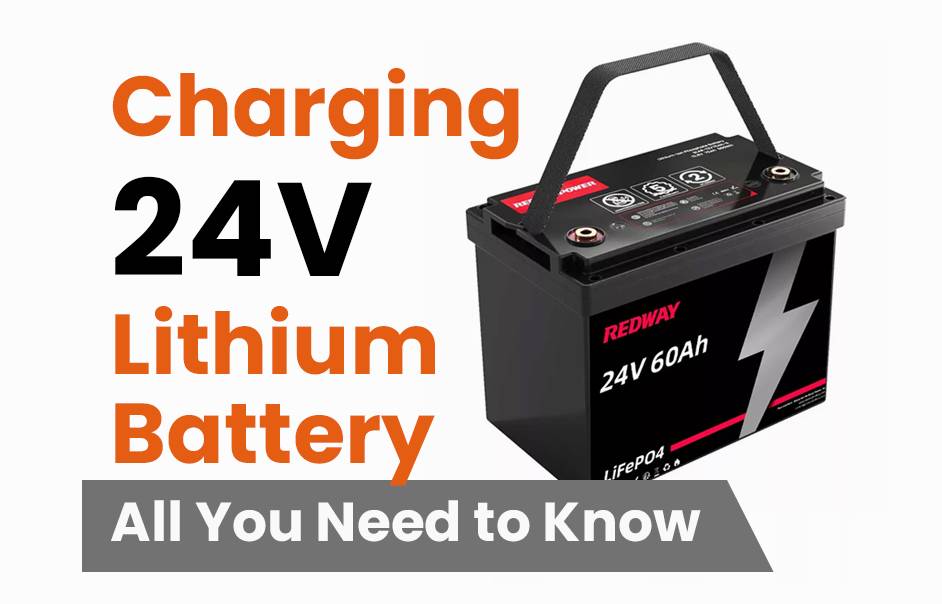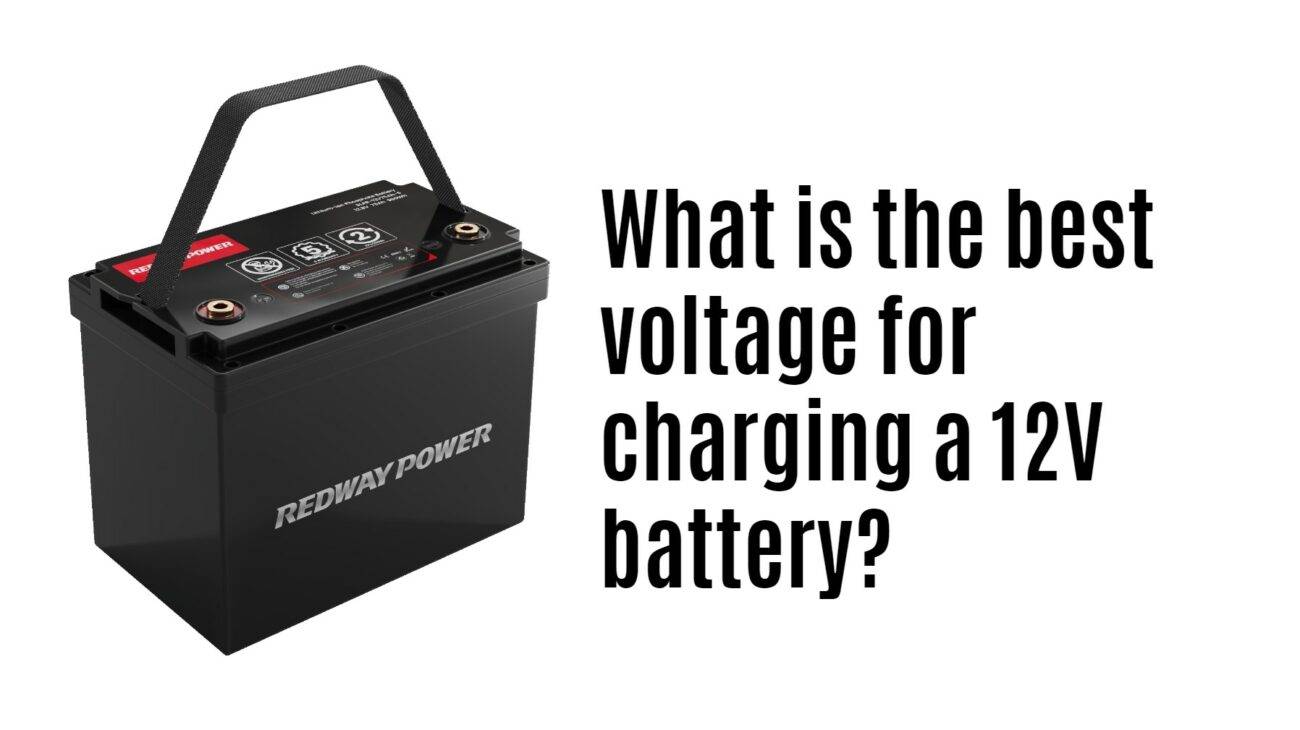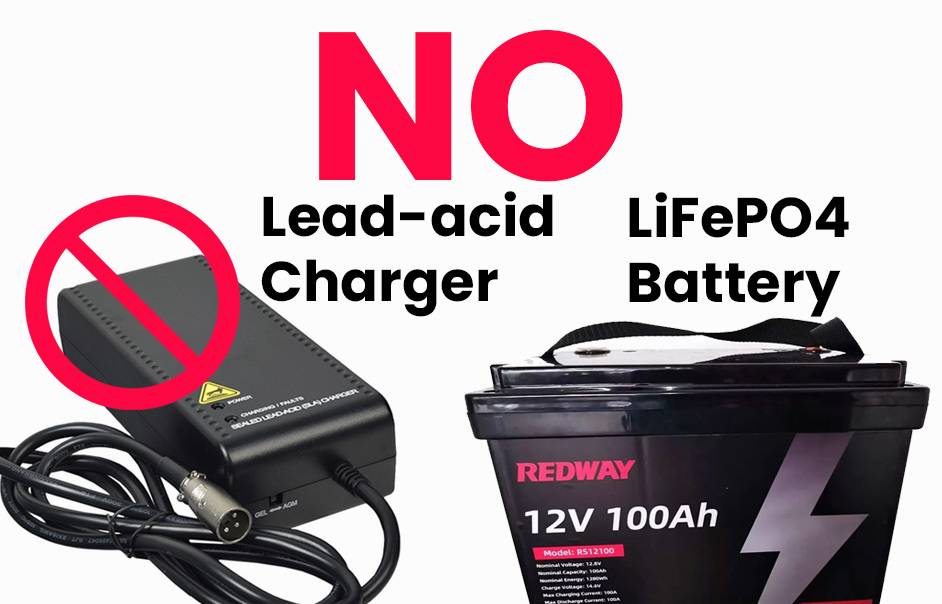- Forklift Lithium Battery
- Golf Cart Lithium Battery
- Rack-mounted Lithium Battery
51.2V 100Ah Rackmount LiFePO4 Battery
8000 times (80% DOD 0.5C)
Optional SNMP for TELECOM - Car Starter Battery
- 12V LiFePO4 Battery
12V 150Ah Lithium RV Battery
Bluetooth App | Self-heating
LiFePO4 | Group 31
UL 1642 | IEC 62619 - 24V LiFePO4 Battery
- 36V LiFePO4 Battery
- 48V LiFePO4 Battery
- 60V LiFePO4 Battery
60V 100Ah Lithium Battery (AGV, AMR, LGV)
Peak Discharge Current 400A
500 x 298 x 349 mm - 72V~96V LiFePO4 Battery
72V 100Ah Lithium Golf Cart Battery
Peak Discharge Current 315A (10S)
740 × 320 × 246 mm - Wall-mounted Lithium Battery
51.2V 100Ah 5kWh
Wall-mounted Battery532 x 425 x 170 mm / LiFePO4
>8000 Cycles (80% DOD 0.5C)
RS485 / CAN-bus
for Solar Home ESS - Home-ESS All-in-One
51.2V 32kWh
All-in-On HESS SystemPowerAll
51.2V / LiFePO4
>8000 Cycles (80% DOD 0.5C)
RS485 / CAN-bus / WiFi
All-in-One for Home ESS
How Can I Safely Charge My Battery at 20 Amps?
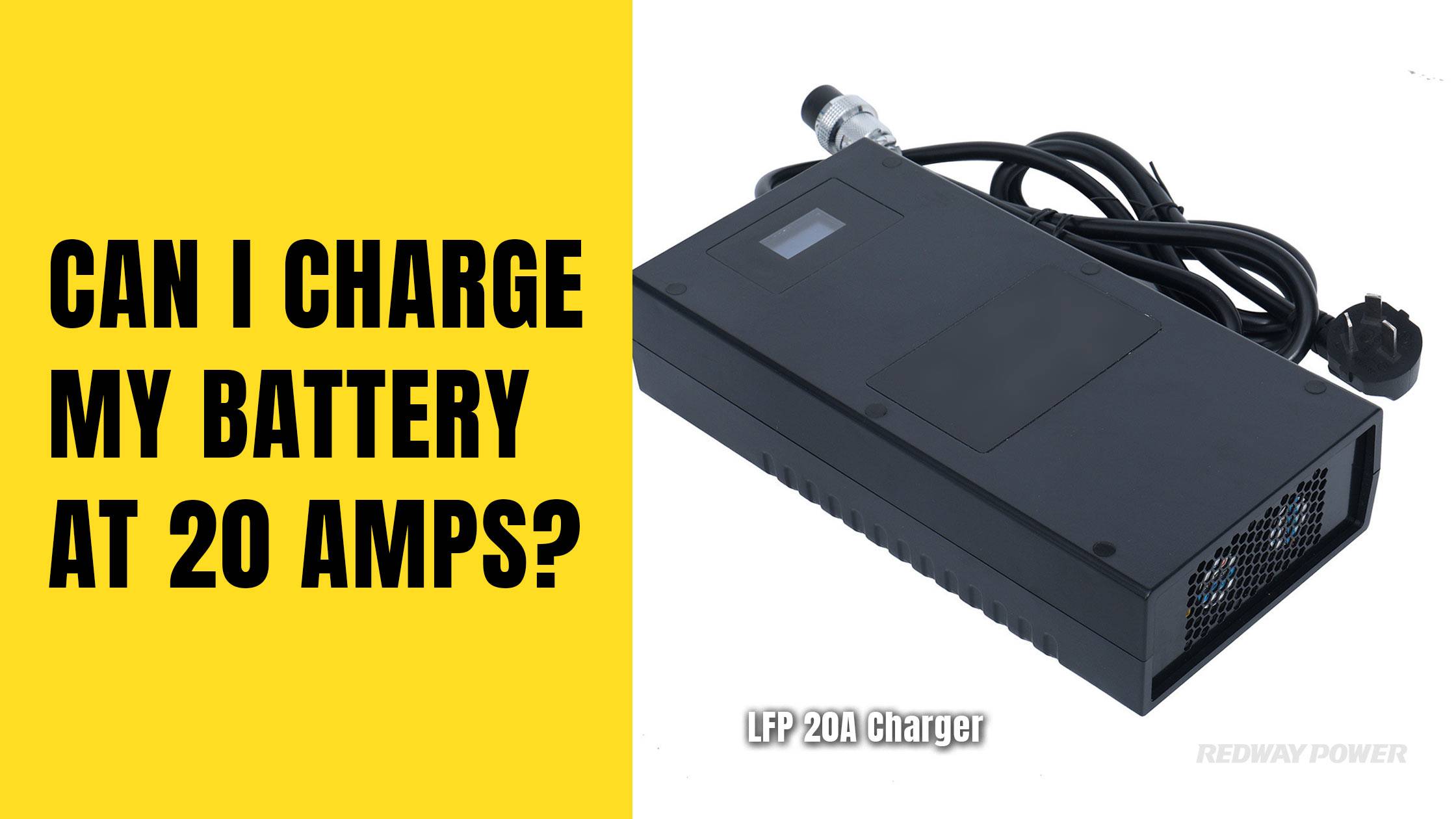
Charging your battery at 20 amps can be done safely, but it requires careful consideration of several factors, including battery type, age, and condition. While this amperage allows for faster charging, it can also lead to overheating or damage if not managed properly.
How is Battery Charging Defined?
Battery charging involves supplying electrical energy to a battery to restore its charge. The rate of charging is expressed in amps, which indicates how quickly energy flows into the battery. For most batteries, including lead-acid types, charging at higher amperages can significantly reduce charging time but may also increase risks such as overheating and reduced lifespan.Charging Basics Chart
| Parameter | Description |
|---|---|
| Amperage | Rate of current supplied to the battery |
| Voltage | Required voltage level for optimal charging |
| Battery Type | Different types (lead-acid, lithium-ion) have varying requirements |
What Factors Should I Consider Before Charging My Battery at 20 Amps?
Before opting to charge your battery at 20 amps, consider these key factors:
- Battery Capacity: Ensure your battery can handle the higher charge rate without overheating or damage.
- Battery Age: Older batteries may not tolerate high amperages as well as newer ones; consider lower rates for aging batteries.
- Temperature Conditions: Extreme temperatures can affect charging efficiency and safety.
- Charging Necessity: Assess whether fast charging is essential or if a slower rate would suffice.
By evaluating these factors, you can help ensure smooth operation and longevity of your battery.Factors to Consider Chart
| Factor | Considerations |
|---|---|
| Capacity | Match charger output with battery specifications |
| Age | Older batteries may need lower amperage |
| Temperature | Optimal charging occurs in moderate temperature ranges |
| Necessity | Determine if fast charging is truly required |
How Can I Safely Charge My Battery at 20 Amps?
To safely charge your battery at 20 amps, follow these guidelines:
- Use the Right Charger: Ensure your charger matches your battery type and specifications.
- Inspect the Battery: Check for any damage or leaks before connecting.
- Proper Connection: Attach the positive clamp first, then negative to prevent short circuits.
- Monitor Voltage and Temperature: Regularly check these levels during charging.
- Stay Present: Never leave a charging battery unattended; monitor its progress closely.
By adhering to these safety measures, you can minimize risks and maintain optimal performance during high-amperage charging.
What Are the Risks of Charging a Battery at High Amperage?
Charging a battery at high amperage, such as 20 amps, presents several risks:
- Overheating: Excessive heat can damage internal components and reduce lifespan.
- Electrolyte Boil-over: Rapid gassing may occur, leading to electrolyte loss and potential failure.
- Reduced Capacity: Frequent high-amperage charges can shorten overall capacity over time.
Understanding these risks helps you make informed decisions about your charging practices.
What is the Recommended Charging Rate for Different Types of Batteries?
The recommended charging rate varies by battery type:
- Lead-Acid Batteries: Generally, charge at about 10% of the amp-hour rating; for a 100Ah battery, this would be up to 10 amps.
- Lithium-Ion Batteries: These can often handle higher rates safely but typically recommend staying below 1C (the capacity in Ah).
- AGM Batteries: Similar to lead-acid but may tolerate slightly higher rates due to better construction.
Knowing these guidelines ensures you charge effectively without risking damage.
Industrial News
The battery industry continues to evolve with advancements in technology aimed at improving safety and efficiency in charging practices. Recent innovations include smart chargers that automatically adjust amperage based on battery condition and temperature, enhancing safety during high-amperage charging. Additionally, research into new materials promises longer-lasting batteries that can handle faster charging rates without compromising safety.
Redway Power Expert Views
“Charging batteries at higher amperages like 20 amps can be beneficial for quick power restoration; however, it’s crucial to understand your specific battery’s limits,” says an expert from Redway Power. “Monitoring temperature and ensuring proper equipment are key factors in preventing damage during fast charging.”Frequently Asked Questions
- Can I charge any type of battery at 20 amps?
Not all batteries can handle this rate; always check manufacturer specifications before proceeding. - What happens if I charge my battery too quickly?
Charging too quickly can cause overheating, electrolyte loss, and reduced lifespan. - Is it better to charge slowly or quickly?
Slow charging is generally safer and better for long-term health, while fast charging is convenient when time is limited. - How do I know if my charger is suitable?
Ensure it matches your battery’s voltage and amp-hour rating according to manufacturer guidelines. - What should I do if my battery gets too hot while charging?
Immediately disconnect the charger and allow the battery to cool down before attempting to recharge.

















